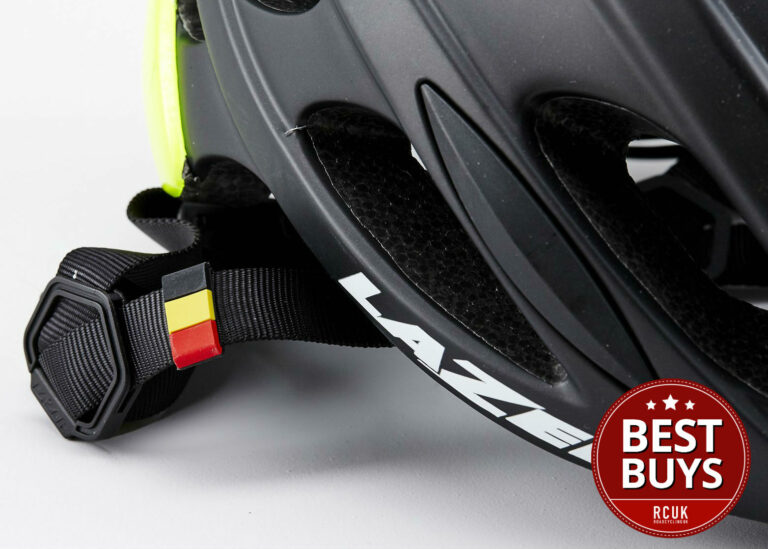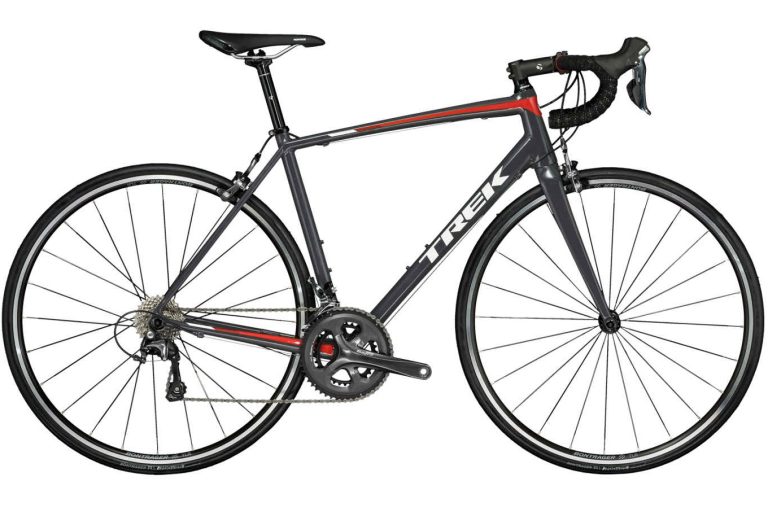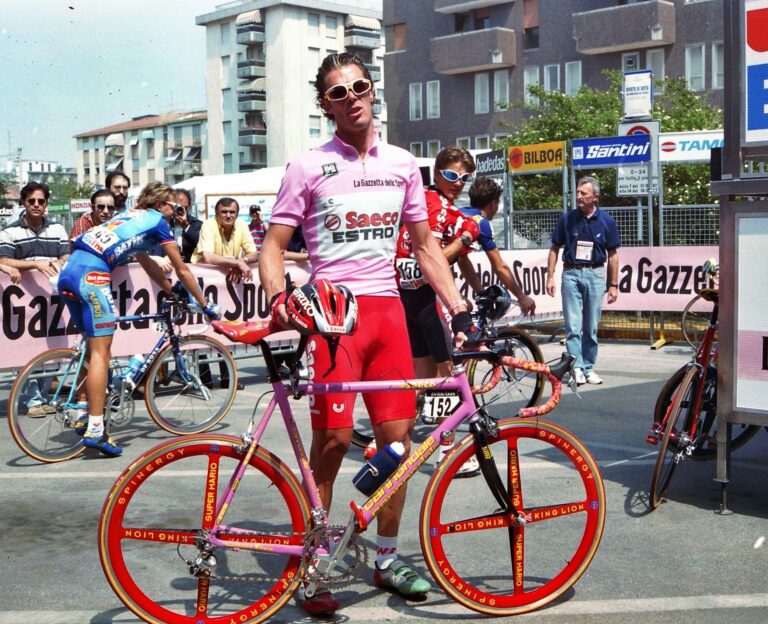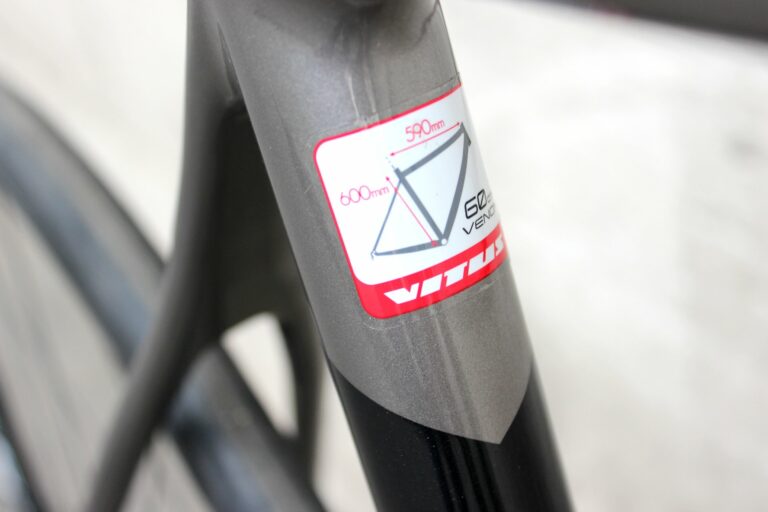
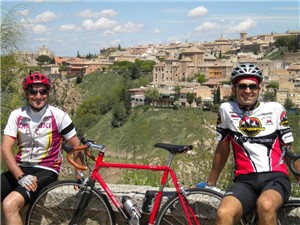



Cliff Shrubb built this frame for me in Reynolds 953, the “new” stainless steel tubing that I wanted to try. I got it a few weeks ago and due to the awful weather I have just put about 500km on it, not many but enough to get a good idea and impression about its characteristics, pros and cons (if any at all). I have ridden it in changing conditions and Tarmac, rain, wind and – scarce – nice weather, getting up to 70kph in descents through windy roads, and also a few climbs (you will see it in the pics at Serranillos, a 1575 mt mountain pass in Avila´s sierra, where Bernard Hinault destroyed his rivals in the Vuelta that he won). I have mainly ridden in poor roads, not on purpose but because this is the current situation in this area of Spain.
Cliff used lugs for the frame, as he has usually done on building his frames. As I needed an extended headtube to get a difference of height from saddle to handlebars smaller than 3cms (due to back problems and poor flexibility), he used a headtube longer than usual. Apart from that measurement, all the other dimensions are quite common, as well as seat and head angles. He fitted a Reynolds Ouzo Pro carbon fork with the desired rake: nothing to say about it, probably one of the best carbon forks around.
The frame has been built with tried and true components: Easton EA50 aluminium handlebars (good for people with small hands like me), Deda alu stem, mix of Chorus and Centaur components for the drivetrain and levers, and a few functional but heavy parts: an old pair of Veloce brakes dating from the 90s and Campag Racing triple (50-39-30) for the chainset. Wheels, as in all my bikes, are hand built, 32 DT competition silver spokes, 3-cross front and rear both sides, with Mavic Open Pro rims and an “exotic” pair of hubs, Italian PMPs, that are expensive but spin extremely well. That was the brand of components that Pantani used in his bikes and I had always wanted to try them. I can say that so far they are a complete success. To end with, the seatpost is an old alu Campag Record circa 1985 (the carbon Record that appears at the pics was finally discarded) and the saddle a San Marco Regal classic (not the new Regale), quite comfy but heavy with its 386gms. I thought that it would match the spirit and aspect of the bike and would take care of my bum, which is used to a Brooks Swallow. Headset is Chris King.
With all these parts – most of them were on my shelves – the bike is a bit over 9kg, which is extremely good for a steel frame+old components. With carbon parts, two chainrings and a lighter saddle it could easily go down to 8kg, but the weight of the bike(s) has never been for me neither an obsession nor even a worry: I want reliable, almost maintenance-free machines.
And now my impressions (do not expect from me too technical terms or technical data obtained after the frame is placed on a jig and stresses placed on different parts of it).
Perhaps the most striking characteristic is that the bike handles extremely well: it descends superbly and gives lots of confidence at bends, even with crossed winds in a technical downhill. It is the first thing that I noticed. Also its comfort: you can ride it for hours and no bum or back pain and no problem on the cobbles of Toledo city, nor even going downhill there, which can be a bit frightening in wet conditions, rather common this winter. Frame alignment is perfect and the bike does not hesitate at all, it is not twitchy either and you can ride with your hands off without problems.
So far everything perfect. Any “con” then? Well, I am not really convinced if it is a pro or a con: I would just say that, compared with my Pegoretti built with Columbus Spirit – TIG welded – and to my old lugged Cinelli with Columbus SLX, if feels a tad less stiff at the bottom bracket, due probably to the thinner tubes. Obviously if you use less material you cannot obtain the same stiffness (Peg bike being about 700gms and Cinelli bike about 1.5kg heavier respectively). You do not miss stiffness though, you only become aware of that on comparing it with other bikes. Moreover that is not a real “against” for me: I am not Mark Cavendish and my watts are limited, so nothing to complain about, it is not “flexy” whatsoever and you do not waste energy down there. Pro or con then? Perhaps it is just the natural feeling of a super-light steel.
The front train feels perfect and that gives you confidence. And the bike feels lively and dampens road shocks as only steel does, keeping at the same time road feeling as only steel does as well. It would be interesting to try TIG-welded or fillet-brazed Reynolds 953 to see which role the welding technique played when compared with lugs: to check if the bike kept its perfect handling, liveliness, comfort and stiffness characteristics or they diminished or increased.
To sum up, I can say that this bike has so far been an extremely pleasant experience: first to get in touch with Mr. Shrubb and going to meet him (it is usually interesting to meet with your builder, they are a different kind of people), then discussing measurements and reaching a satisfactory design, and then picking up carefully the components for the bike. And it has not been too expensive: you are not only paying an excellent tubeset that may last a lifetime, you have to take into account the craftsmanship and skills of the builder and the feeling that you are riding a frame made just for you: the frame fitted perfectly with just minor modifications after the initial set up, basically following the measurements of my current bikes. It has certainly been cheaper than most carbon fibre frames marketed by the main brands.
I am sure that many of you, the younger ones that have just ridden on alu or carbon frames, would find this frame “refreshing”, at least different to your previous experiences. Some of you would be surprised of how different it feels to the just stiff impression (tree trunk-like) that you obtain from most frames nowadays. Perhaps it can be compared to titanium, but more lively (I have not tried butted ti though) and less expensive. Undoubtedly it is a bike with personality.
At the pics (I am not very good at taking them) you can see the frame in different locations (Avila´s sierra, surroundings of Toledo) and different moments of its building (Delta brakes were discarded as the wires did not get on well with the gear bosses at the headtube). My mate is Martin Krause, an Australian physio that came to visit me to Toledo.
Many thanks to Cliff Shrubb, the builder, and to Richard Hallett, who told to me Cliff´s whereabouts.








